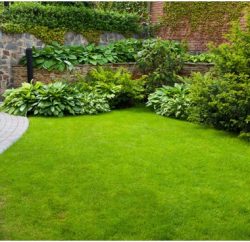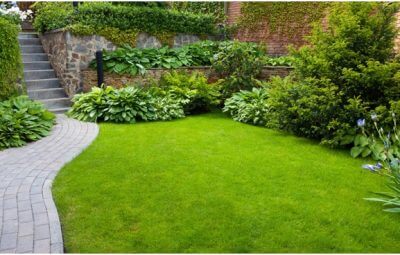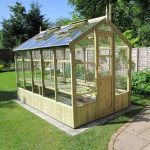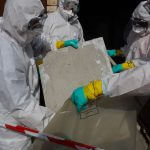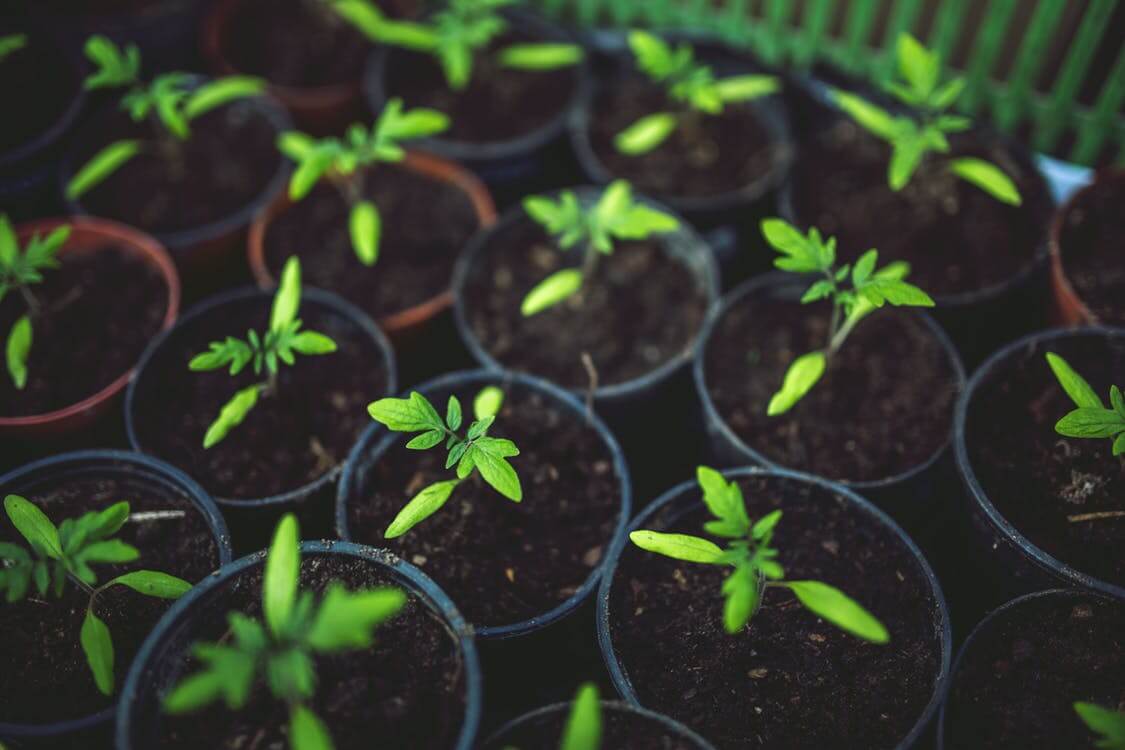
Several homeowners are delving into container gardening due to different reasons. Maintaining a traditional backyard garden can be stressful, time-consuming and expensive. On the other hand, planting with plastic plant pots is a very convenient method of gardening if done the right way. It is also an ideal choice in situations where space is at a premium.
Plastic pots have been gaining popularity for quite some time and are now the favorite of many. They can be used to plant soft fruits, flowers, vegetables, herbs, and succulents indoor or outdoor. More so, they come in different designs, shapes, and colors. This gives ample room for creativity and can even go a long way to boost the value of your property.
Are plastic plant pots safe?
Although most gardening containers are durable and affordable, each one has its pros and cons. It’s imperative to provide a safe and healthy condition for your plants. Ensure that you buy planters that are free from toxic chemicals like BPA which poses health risks to plants and man. Apart from that, check whether they come with recycle codes. The good thing is that plastic plant pots are made from recycled materials which help to keep the environment safe. Some of them can be used throughout the year without any freeze protection.
7 Essential factors to note when planting with plastic pots
It’s common for newbie gardeners to get excited when they start using containers. A significant percentage of them will get discouraged along the way and may quit if their plants fail to thrive. The truth is that every gardening methods has its own challenges. Endeavor to keep the tags that are attached to your plants so that you can refer to them in the future. Here are the core factors that will contribute to the success of your plastic pot plants.
Drainage
This factor can make or mar your plants as it affects all other factors directly or indirectly. Contrary to popular belief, putting stones or gravel at the bottom of your planter won’t assist with drainage in any way. However, the latest plastic pots in the market have holes at the bottom which promote rapid drainage. Purchasing containers that lack this feature may lead to plants with rotten roots and yellow leaves. Endeavor to check whether the drainage holes aren’t blocked with sand. Some homeowners also place their containers on trays and use pot feet to elevate them.
Sunlight
All green plants need sunlight for photosynthesis. They may become unhealthy and yield at a low rate if they are deprived of sunlight. It doesn’t matter whether they are shade-loving plants. Plastic planters are not ideal for intense sunlight. Check the requirements that come with the plant labels all the time.
Soil or Substrates
Roots tend to extend in the soil without any limitation. This enables them to obtain moisture and nutrients for optimal growth. Things are completely different when planting with plastic plant pots. The best thing is to take advantage of the soil mix that is designed for container garden instead of using garden soil which is really dense. The potting medium has the ability to retain moisture regardless of the season. In addition, its action is quite similar to that of a filter. Alternatively, you can consider using substrate solutions such as rice husks or perlite instead of soil as they can optimize plant growth and create even higher yields.
Nutrient
Beneficial microbes and earthworm that degrade organic matter to nutrients are very few in planters. Nutrients are easily washed away in containers as a result of constant watering. You can create your own compost as it’s a reliable source of food for your plants. All-purpose organic fertilizers or slow-release fertilizers are the best options. The former guarantees the survival of microbes that are present in the soil. Make sure that you add the fertilizer regularly and stick to the instructions on the label.
Watering
Every plant needs water to survive, although the quantity varies from plant to plant. There are certain plants that require watering more than once daily while others can survive for days without water. Fiberglass, glazed clay pots and plastic pots tend to retain moisture. Waterlogged soil will pose more harm than good, so water your plants slowly and in moderation.
Size
Using the wrong size of plastic pots can restrict plants from reaching their full potential. It may be difficult for the pots to drain properly and it’s possible for the plants to die prematurely. Find out how big each plant will be once it reaches maturity.
Maintenance
Both the plants and the plastic plant pots must be properly maintained. Opt for plants that are known to thrive and survive in a container growing environment. This information should be indicated on the label. Research about the requirement of each plant and select plants with similar needs to increase their chances of survival. Handle nursery containers and young plants with utmost care.
It’s advisable to wash the pots prior to planting even if they are relatively new. Ensure that you keep them in a cool place to avoid overheating. Another thing is to get rid of diseased plants as soon as you notice them. You can get valuable advice from experts when you’re shopping for plants.

